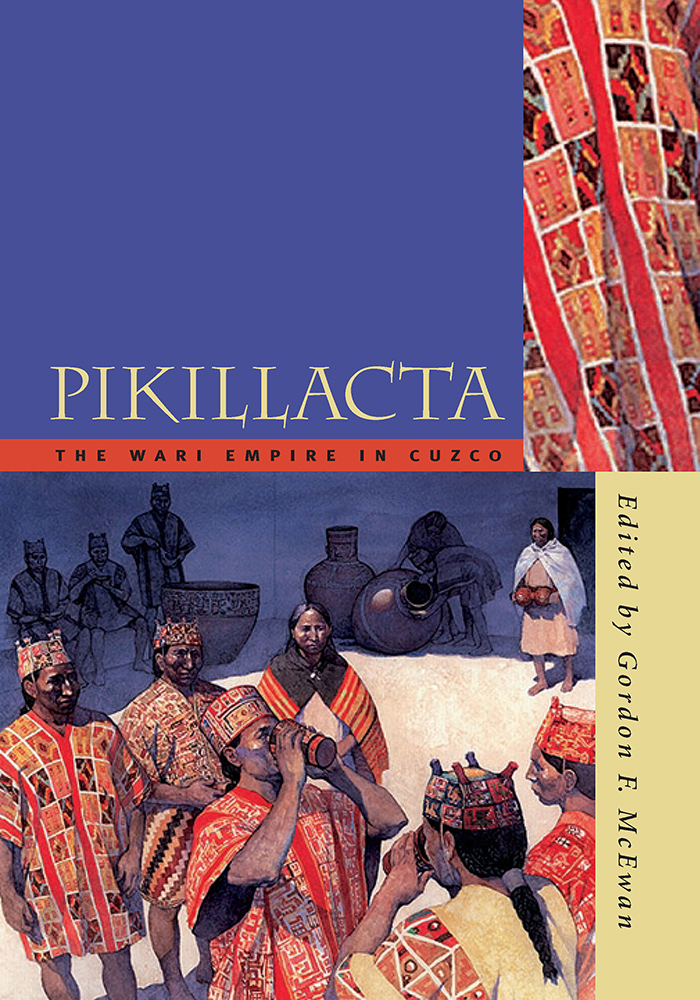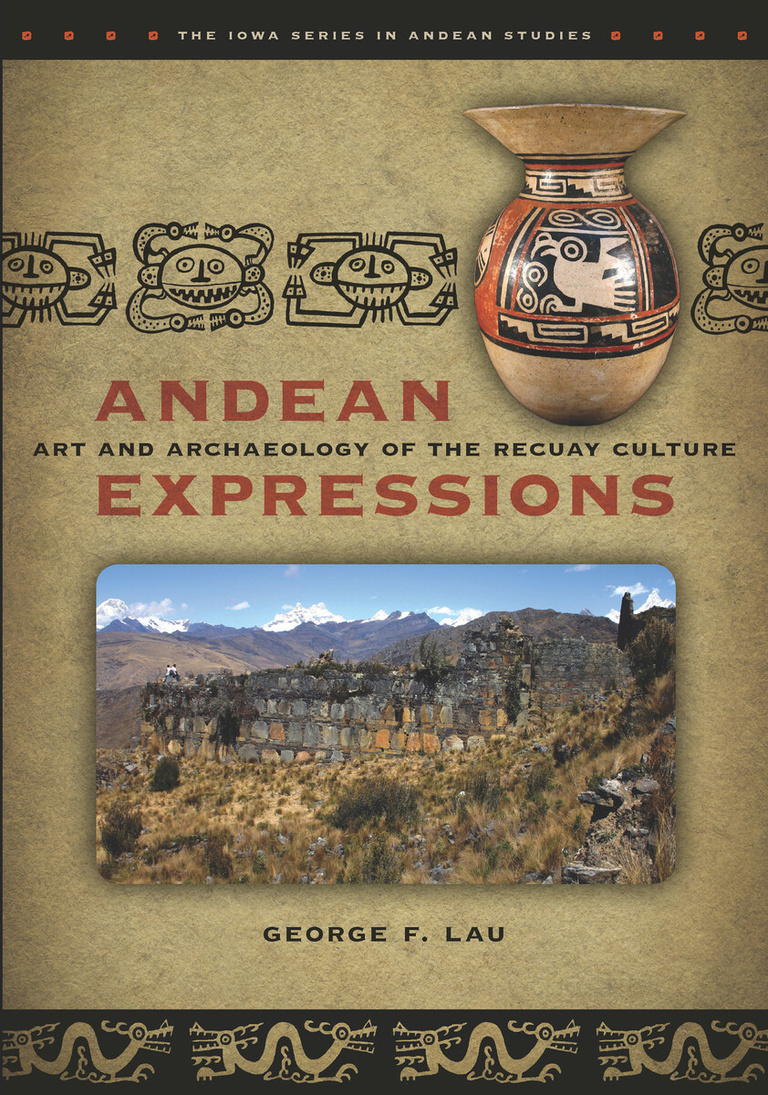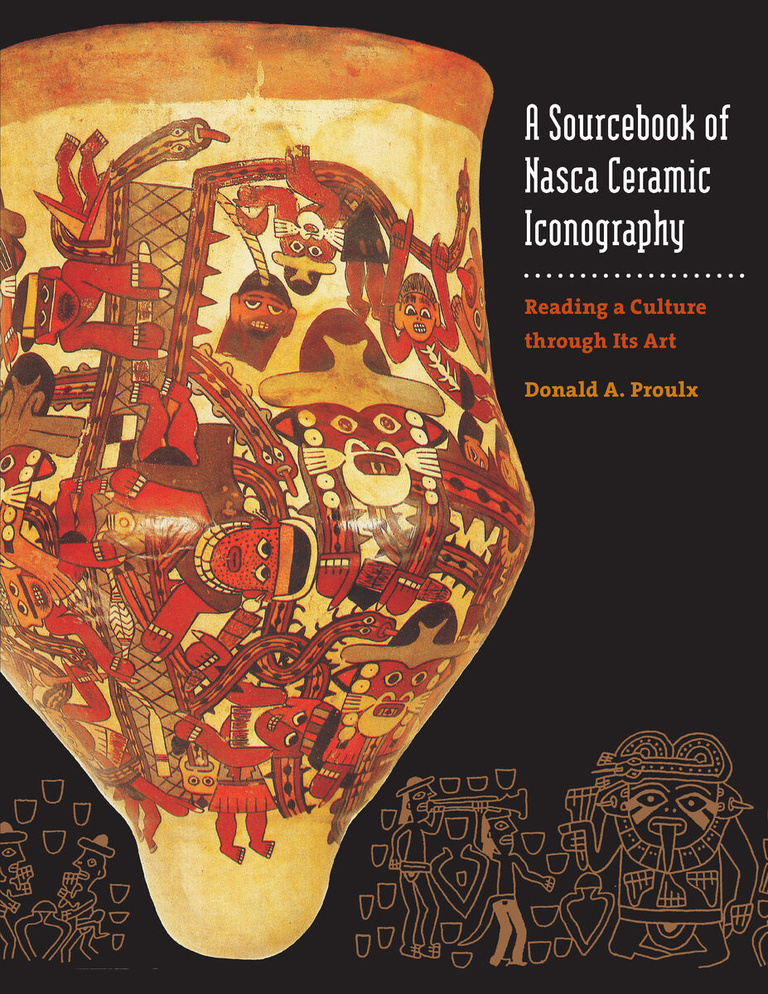The origin of the first Andean imperial state has been the subject of lively debate for decades. Archaeological sites dating to the Peruvian Middle Horizon time period, A.D. 540 to 900, appear to give evidence for the emergence of an expansive empire that set the stage for the development of the later Inca state. This archaeological investigation of Pikillacta, the largest provincial site of Peru’s pre-Inca Wari empire, provides essential background for interpreting the empire’s political and cultural organization.
With engineering skills rivaling those of the builders of Cuzco itself, the Wari at Pikillacta erected more than seven hundred buildings covering nearly two square kilometers, with a fresh water supply and an elaborate underground sewage system but, enigmatically, only seven short streets and a near total lack of windows. In this long-awaited volume, Gordon McEwan and his colleagues report on the labor costs of construction (nearly 6 million man-days), the typology of Pikillacta's enigmatic architecture, and the site’s spectacular hydraulic system as well as its ceramics and chronology, human remains, and metal artifacts.
In the final section, building on his years of research and excavation, McEwan develops a hypothetical model of Wari provincial administration in the Cuzco region, arguing that the Wari were innovators of techniques of statecraft that explain the function of and the labor investment in the Pikillacta complex. His book not only substantively contributes to our understanding of when and exactly how and why Pikillacta was built and what it was used for, it also illuminates the political and cultural antecedents of the Inca state.
“From pyramids to temples to llactas, the ancient landscape shared a desire by the living to preserve the dead. In turn, McEwan and a team of experts bring a keenly honest assessment of how the Wari dead preserved the living—a new perspective on Andean archaeology that scholars must address. With thousands of laborers and tons of building material, the Wari made Pikillacta into a factory of mummification and a center of political allegiance legitimized by these powerful, yet dead, inhabitants. A magisterial reference for Andean researchers.”—Patricia J. Knobloch, author of the website Who Was Who in the Middle Horizon Andean Prehistory
“Pikillacta is the largest and grandest of all Wari regional centers, and McEwan’s volume brings it to its rightful place of prominence in the archaeological literature. McEwan and his associates combine multiple lines of evidence to paint a vibrant portrait of this imperial occupation in its many guises. Archaeologists concerned with ancient empires will strive to emulate the research presented here.”—Katharina Schreiber, author of Wari Imperialism in Middle Horizon Peru
“Andeanists have been long awaiting the compilation of the Pikillacta investigation; McEwan’s book is a substantive contribution to our understanding of what the Wari state was and how it manipulated subject societies. A major contribution to the field of Wari research in particular and to Andean studies in the broader context, this book is also a substantial contribution to any understanding of how empires worldwide are built and sustained. McEwan’s writing style is wonderfully engaging; even though six different writers are present, the text essentially speaks with a single voice.”—Alana Cordy-Collins, University of San Diego


